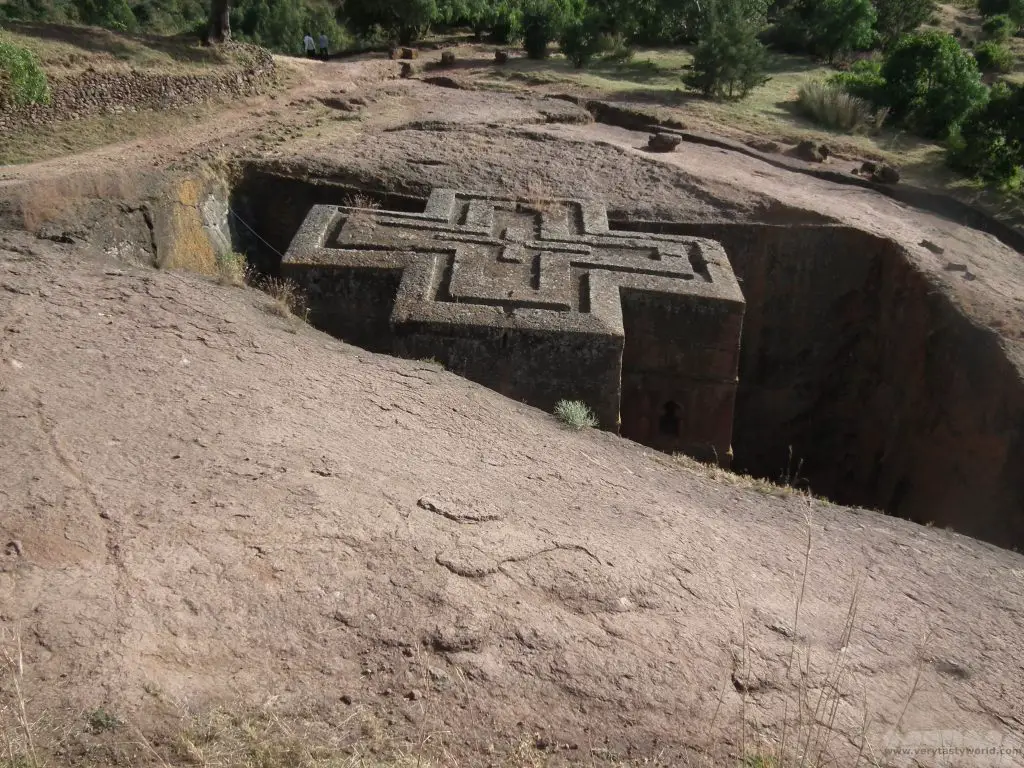Home » Posts tagged 'Avebury'
Tag Archives: Avebury
Avebury Stone Circle vs Stonehenge
Wiltshire in southern England can claim some spectacular Neolithic sites. Stonehenge is arguably the most famous prehistoric site in the world, but Avebury’s Stone Circle, just 30km away, is the biggest stone circle in the world. Avebury is less famous than its counterpart to the south but which of these monuments is better to visit, especially if you are short on time? Avebury Stone Circle vs Stonehenge? There’s only one way to find out…
Please note that this post contains affiliate links. If you click through and decide to make a purchase we will earn a small commission, at no extra cost to you, which will help towards the costs of running this site.
Introduction to Stonehenge
“Stonehenge! Where the demons dwell. Where the Banshees live and they do live well!” – Spinal Tap
Stonehenge is Britain’s most famous prehistoric site. Construction of this famous monument is believed to have started around 5000 years ago during the Neolithic period.
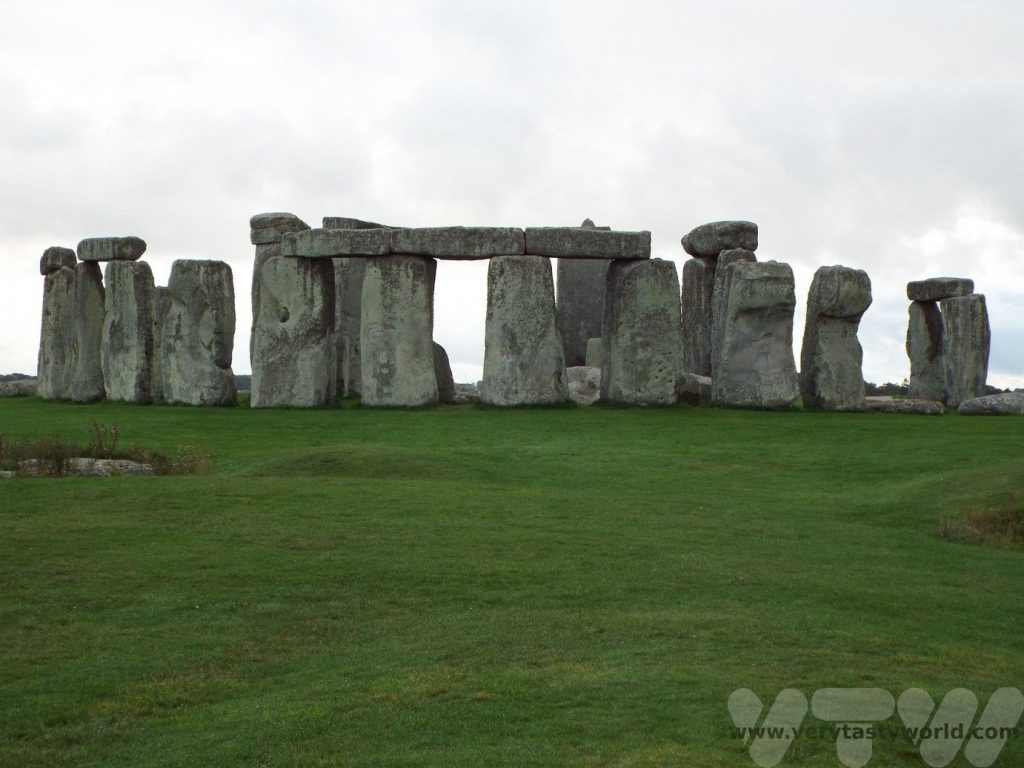
It is thought that the stones as we know them were established in around 2500 BCE. There are two types of stone used at Stonehenge – sarsens and bluestones. The sarsens are the largest stones, established in two concentric arrangements – the outer circle and inner arc. The bluestones were set up between them. It is believed that the arrangement was changed over the centuries.
The stones were brought to the site from two different locations – the sarsens from Marlborough Downs, around 25km away, and the bluestones from over 250km away, from the Preseli Hills in Wales! The construction is surprisingly sophisticated with interlocking joints used to ensure stability of the monument.
The purpose of Stonehenge is not entirely clear. The stones’ layout is definitely designed to mark the changing of the seasons. It is thought that midwinter, rather than midsummer, was more important for the people who built Stonehenge – cold, dark midwinter marks the shortest day of the year. Thereafter the days would become longer with increasing light, warmth and the prospect of planting crops in the springtime.
The monument aligns with the midwinter sun as you approach Stonehenge from the avenue. It is uncertain as to whether the ancient people also marked the movement of the moon at Stonehenge. The moon has a more frequent cycle than the sun, so is a good measure of time.
The stones have been restored over the years. In 1918 a number of leaning stones were straightened and fallen stones re-erected. Some were also set in concrete. There have been some major conservation projects over the years and work continues to to preserve the stones to this day.
Visiting Stonehenge
When we were children, our parents could drive to Stonehenge, stop the car on the road and then you could walk right up to the stones, and even climb all over them. Not so, these days. Stonehenge receives over one million visitors every year.
The monument now has a visitor centre with information about the site and its construction. You can just show up and buy tickets but you may have to wait to get in if the site is busy. You can buy tickets in advance for a timed entry and there is a discount available if you book online.
Once you have arrived you can spend as long as you like there. Parking is free if you have pre-booked or buy a ticket. You can visit for free if you are a member of English Heritage. If you are an overseas visitor you can buy a pass which will get you into over 100 sites in the UK, including Stonehenge. (This pass represents good value if you plan to see at least 2-3 historic attractions on your visit to the UK.)
The monument itself is located around 2 km from the visitor centre so you can walk or catch a shuttle bus to the viewing area. If you’re walking it takes around 25-40 minutes. Dogs are not allowed to visit but there is an exemption for assistance dogs.
The site can get very busy at weekends and bank holidays, as well as during the school holidays.
The Stonehenge VIP tour
It is still possible to walk around the stones. You have to arrive at the visitor centre outside normal visiting hours, either early in the morning or late in the evening. And, of course, you will pay a premium. These visits are extremely popular, tickets are limited and book up very early, so if you want to walk within the stones, plan ahead!
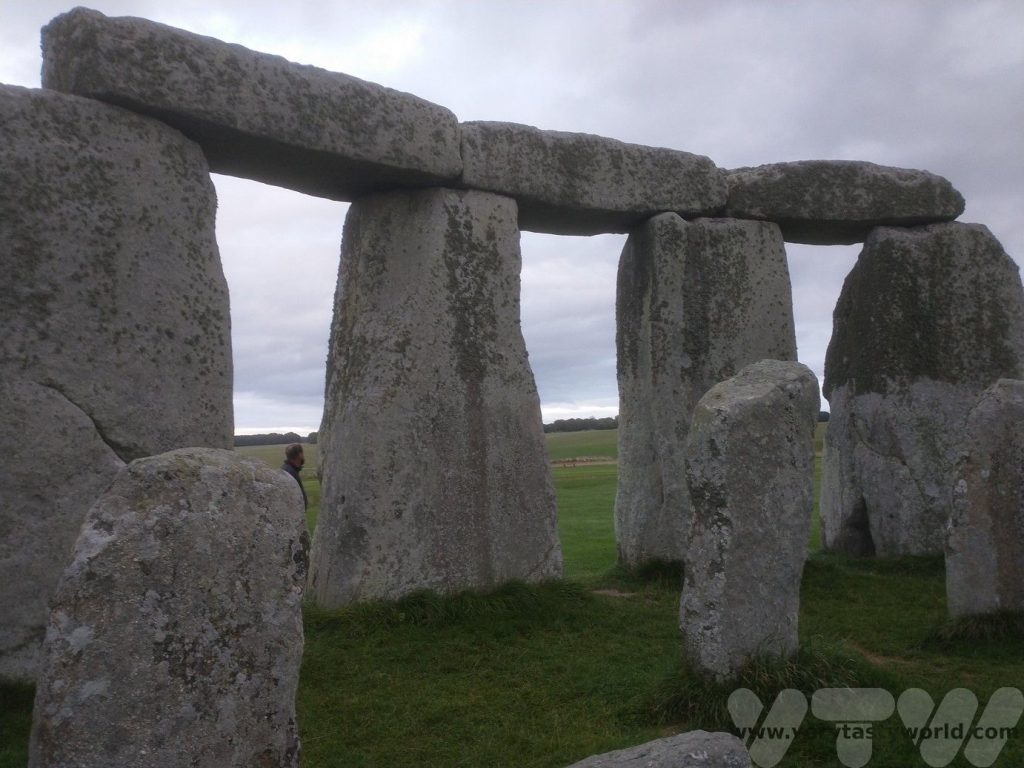
It does cost a lot but is the only way to get near to the stones these days, unless you are planning to attend – with thousands of other people – at the summer solstice. If taking the VIP option, you need to turn up at the bus stop around 10-15 minutes before your allocated time slot. The bus then takes a small group of people to the stones.
You are allowed to wander around them for around 45 minutes but are not allowed to touch the stones. A guide will point out various features. If you’re lucky it may be possible to time the visit for sunrise or sunset.
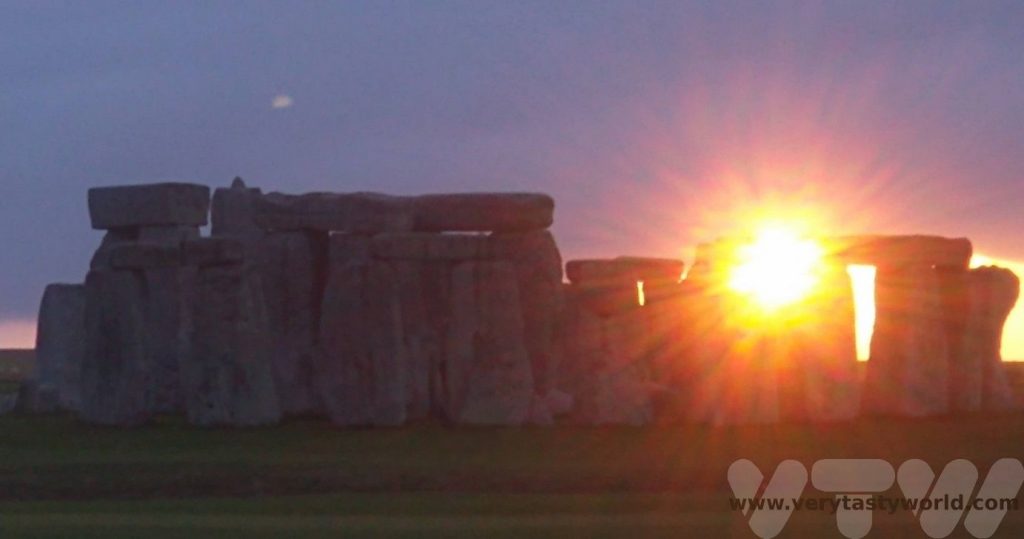
Visiting Stonehenge For Free
It is possible to see Stonehenge without pre-booking or paying. You can drive past the visitor centre and continue into Larkhill where you can park.
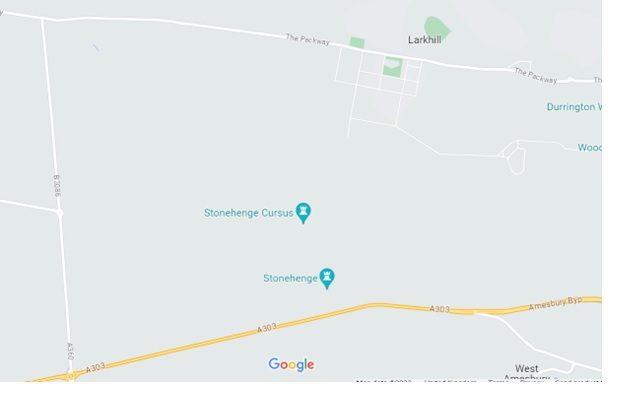
Then walk along Willoughby Road to reach the public footpath which will take you across the fields that lead to Stonehenge.
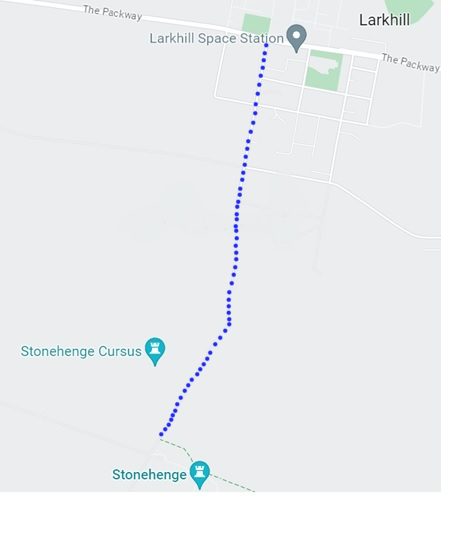
You won’t be able to get amongst the stones (most visitors don’t anyway unless they’ve paid for the VIP experience) but you should get a good view.
An alternative, and longer, route is walking from Woodhenge (see below).
You can also visit Stonehenge for free for the summer solstice on 20th to 21st June each year. It is likely to be very busy and there are terms and conditions for entry to the site.
Getting to Stonehenge
Driving is the most efficient way to reach Stonehenge, either driving to the visitor centre or Larkhill. If it’s not possible to drive, there are plenty of coach tours that will offer a day trip from a number of UK cities.
Other Attractions Near Stonehenge
Woodhenge is around 3km (as the crow flies) from Stonehenge and similarly dates from about 2500 BCE. It comprises concentric posts in six oval rings. The structure was around 40m long and 30m wide and thought to be a ceremonial site.
Originally made from wood, the timber has long gone, rotted to obscurity, but after the site was discovered, concrete pillars were inserted into the ground to indicate where the posts would have been located.
Parking is free. You can walk to Stonehenge from Woodhenge via a country path or along the roads. (Another way to visit Stonehenge for free.)
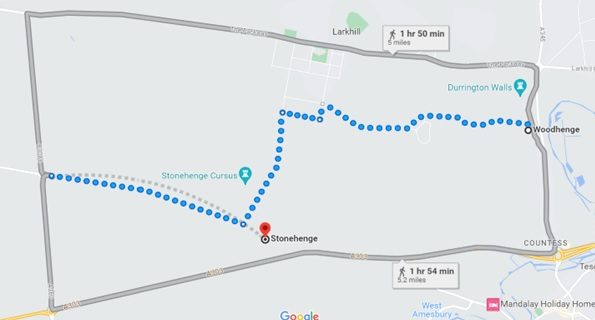
Introduction to Avebury
“And you, my love, won’t you take my hand? We’ll go back in time, to that mystic land.” – Spinal Tap
Avebury is located just 30 km north of Stonehenge (as the crow flies). It is less well-known but is actually the world’s largest stone circle and is even older than Stonehenge. It is thought that construction started in around 2850 BCE.
The main henge comprises an enormous circular bank and ditch which encloses a large circle of around 100 stones which is 1.3km in circumference. Two smaller stone circles are contained within this henge. There are also stone avenues leading to the henge, suggesting that this was probably a ceremonial site.
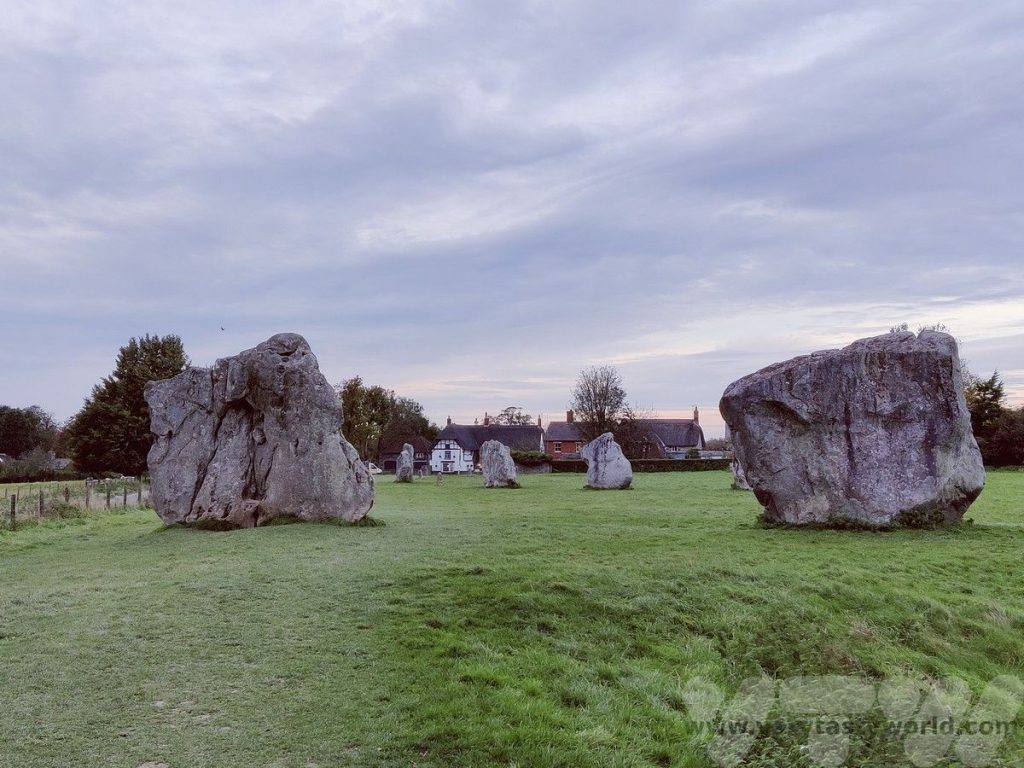
Key Features of The Avebury Henge
As you drive through Avebury village it is impossible to miss the enormous stones. The henge is huge and you can walk through the fields to see all the stones within the boundary of the site, defined by the enormous banks and ditches.
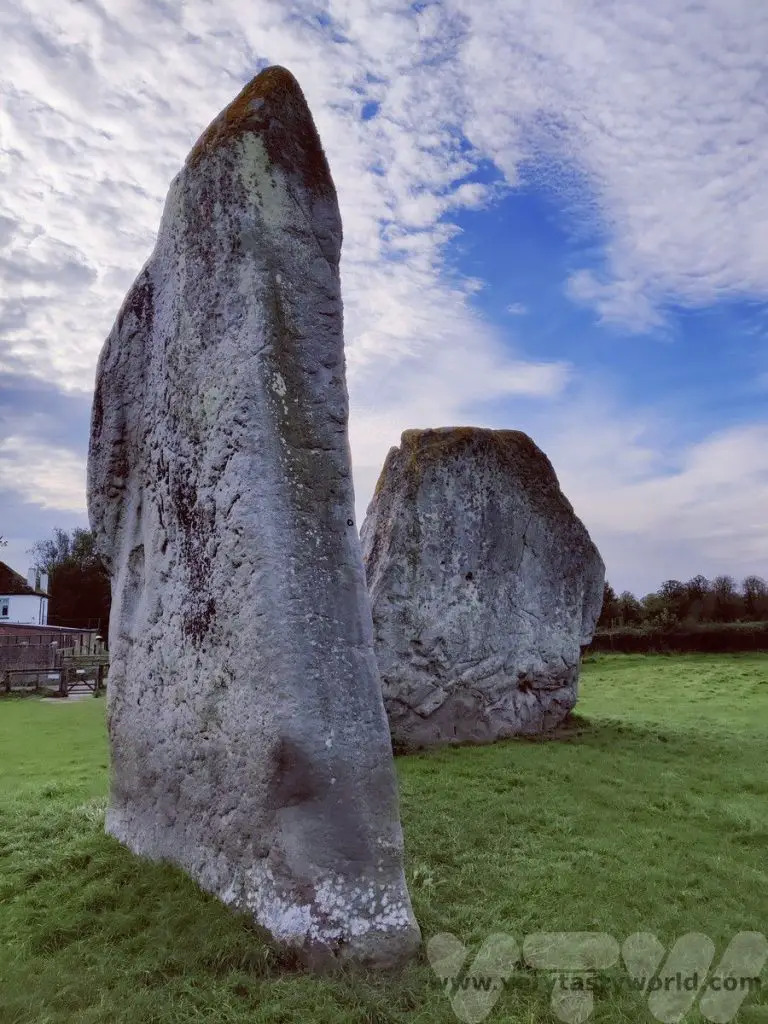
You will need to cross a few roads to reach all the stones. (Take care, some of the roads are on bends, so it’s not always easy to see oncoming traffic.)
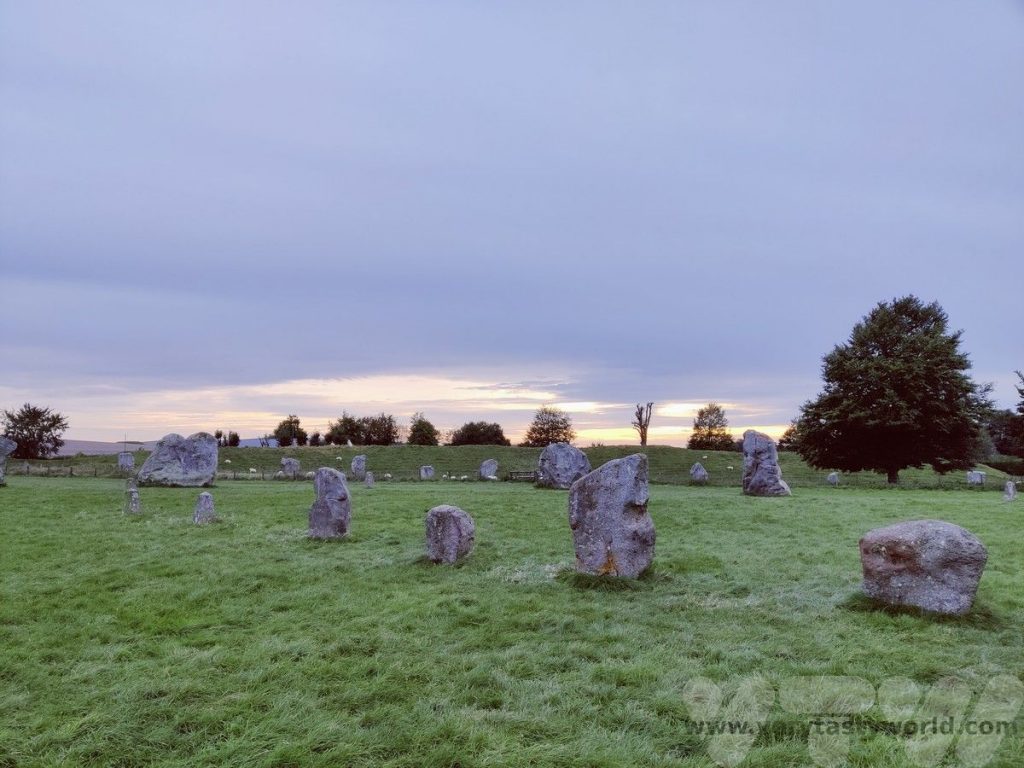
Just to the south of Avebury is West Kennet Avenue – two rows of standing stones leading to the Sanctuary. Originally comprising over 100 stones, set in a corridor formation, many of the stones were lost over the years.
The stones are very large, but not as big as the ones at the henge. Some are long and thin, others are more triangular/square in shape. Where stones have been lost, there are markers in the form of concrete pillars that show where the original stones would have stood.
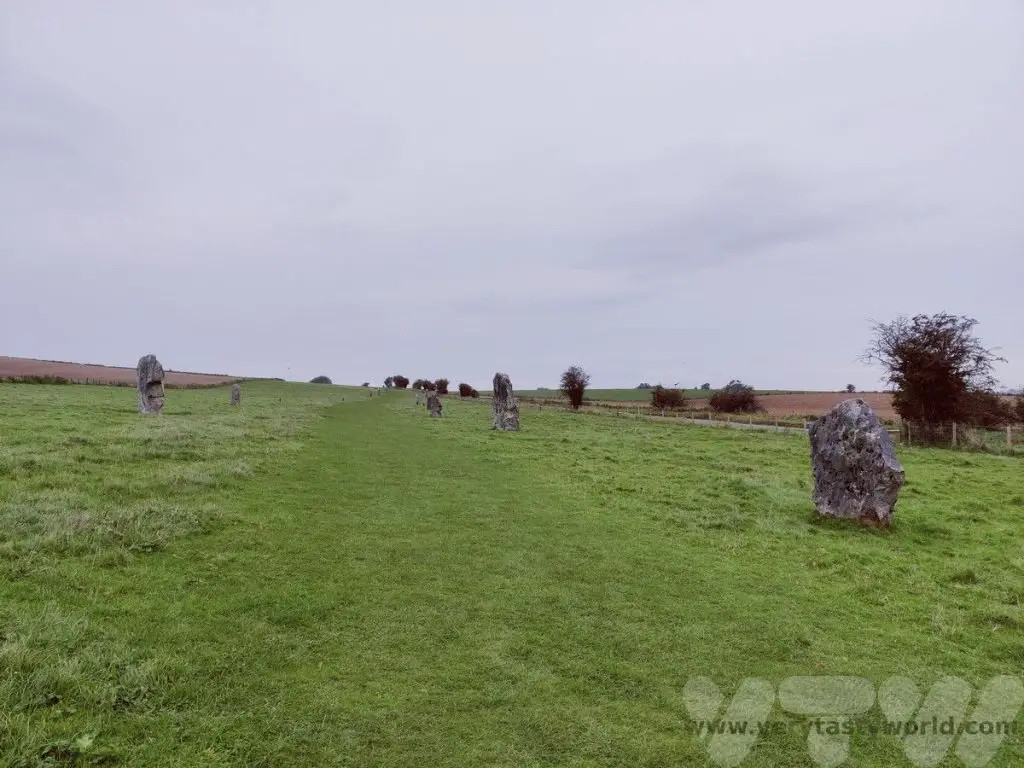
Visiting Avebury
Again, it is easiest to drive to Avebury if you can. There is a car park, operated by the National Trust, which is located a few hundred metres from the main site. It has a charge but is free to members of the National Trust.
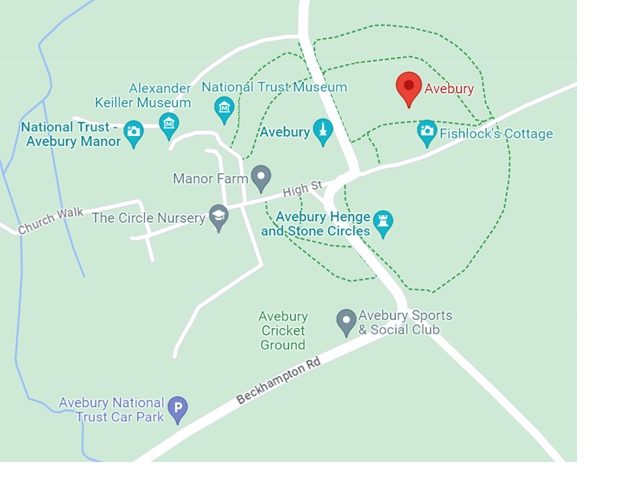
If you aren’t able to drive, you can book a coach tour to Avebury (which often incorporates Stonehenge as well).
The site itself is free to visit and you can walk around the stones.
We recommend bringing walking shoes or boots as the site can get a bit muddy and there are flocks of sheep who share the stones with the visitors – and a fair amount of sheep poo in the fields!
Visiting Avebury For Free (i.e. avoiding parking charges)
There is a car lay-by on the B4003 next to West Kennet Avenue. If you get there early enough (and you will need to as it’s not a large lay-by) or are lucky enough to arrive when someone is leaving, you may be able to park there to walk up the West Kennet Avenue and into Avebury itself.
There is also a small track near Beckhampton close to the Adam and Eve stones where you can park up, but you would have to walk along some of the road to reach Avebury and it’s a fast road.
Alternatively, if you are staying in the area, your accommodation should be able to let you park with them, even if you arrive earlier than the check-in time. Just check beforehand.
Further Neolithic Places to Visit Around Avebury
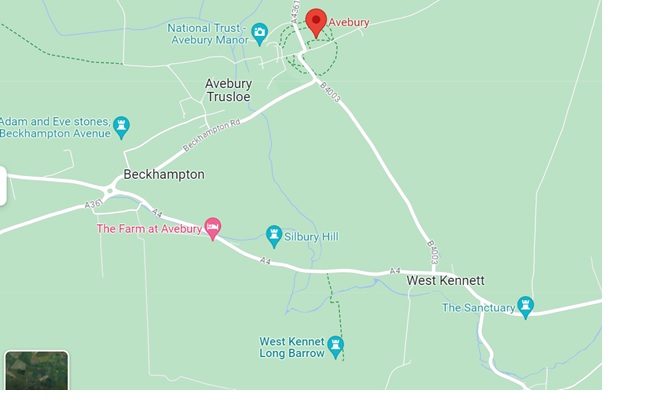
Silbury Hill
This is Europe’s largest pre-historic man-made earth mound, rising to 30 m in a very satisfactory circular conical shape. Although it is a lush green, grassy hill these days, it was originally kept free of grass, the stark, gleaming white of the underlying chalk standing out against the countryside. It would have been seen for miles around and must have been quite the sight for Neolithic visitors. There is a free car park but you are not allowed to climb the hill these days, the only restriction in the area.
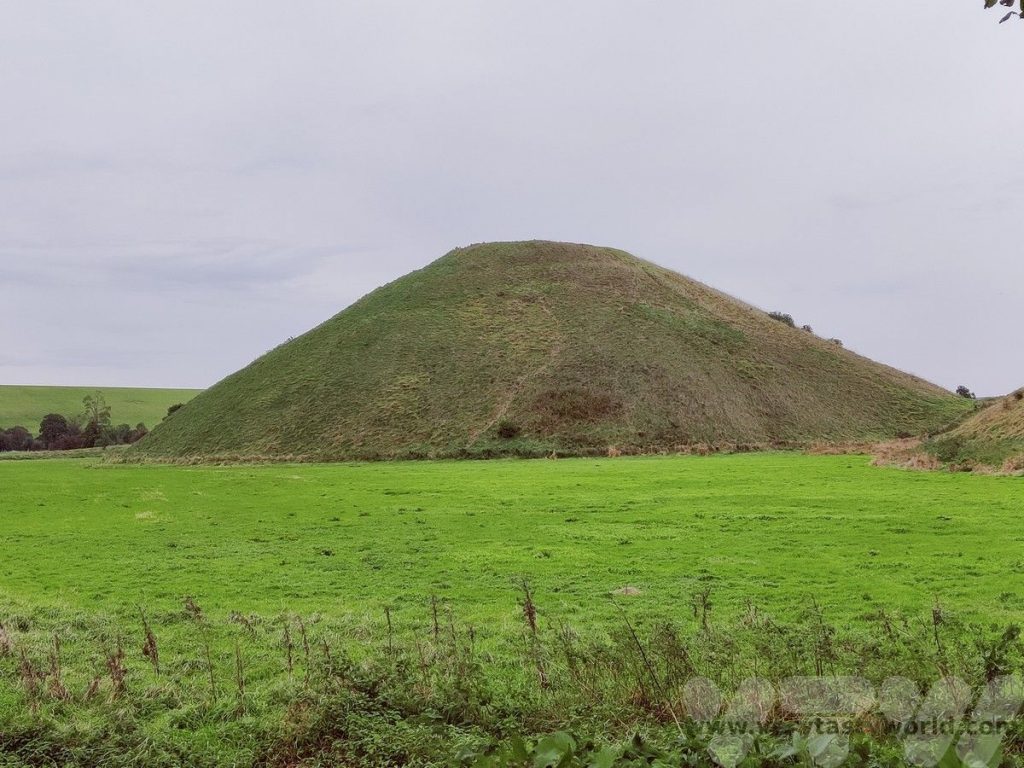
West Kennet Long Barrow
Built in 3650 BCE this barrow was constructed as a chambered tomb. When it was excavated in 1859 nearly 50 people were discovered to have been buried there, along with some of their artefacts. The tomb was sealed in around 2000 BCE and sarsen boulders were used to block its entrance.
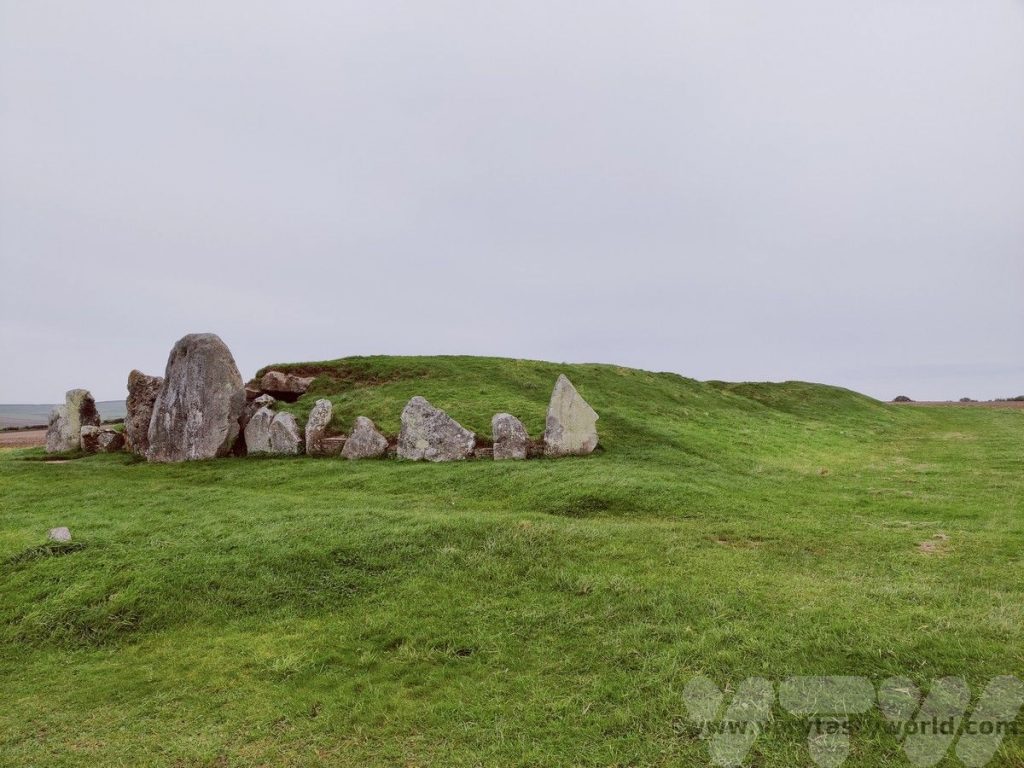
There is a car lay-by on the A4 near the footpath to the barrow where you can park. Walk up the hill across the farmland. Like so many of the Avebury sites, you can climb onto the barrow and venture inside.
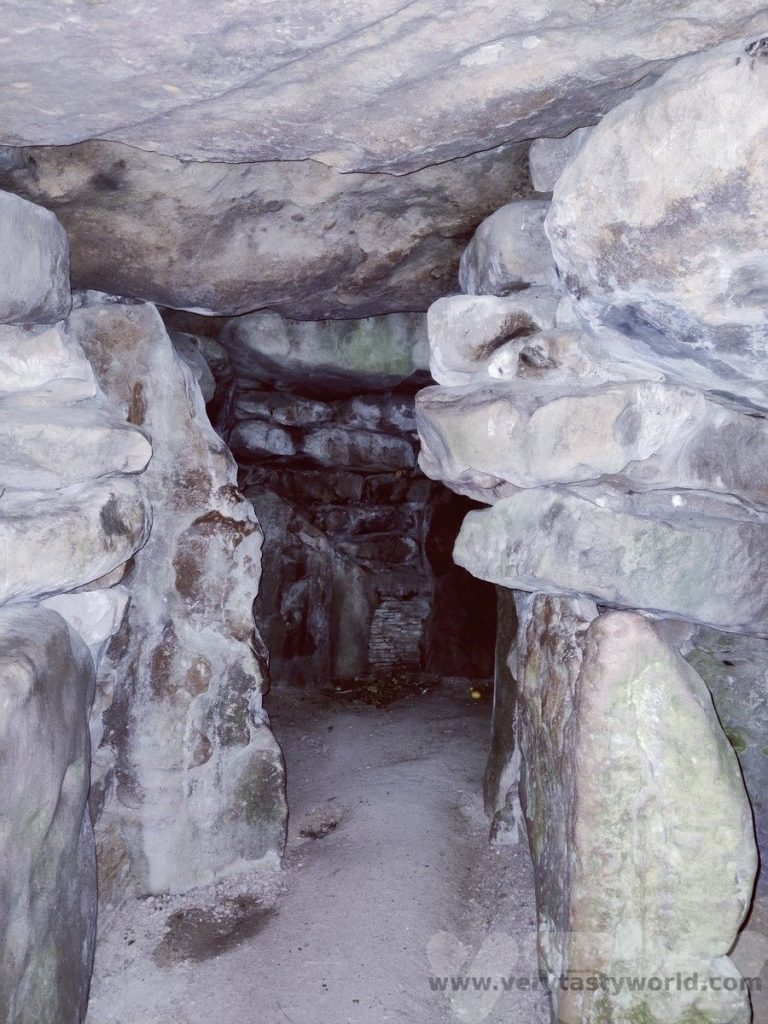
The Sanctuary
A temple that was constructed from both standing stones and wooden posts sited in concentric rings this was probably a ceremonial temple and is thought to have been built in around 2500BCE. It can be found at the end of the West Kennet Avenue, on Overton Hill, which suggests that it was linked to the henge at Avebury.
Adam and Eve Stones
Located near Beckhampton, just turn off the main road before the roundabout (coming from Avebury) and at the end of the track are two standing stones. It is thought that Eve, the smaller stone, formed part of the Beckhampton route into Avebury.
Other (Non-Neolithic) Attractions in Avebury
Avebury Manor
Dating from the 16th century this manor house was refurbished in 2011 as part of a BBC documentary. Each room has been decorated in the style from a different era – the living room is from 1930, the kitchen from the turn of last century. There are Tudor bedrooms and a Queen Anne room. One of the nice things about the manor is that you are encouraged to touch the objects (obviously treating them with respect) so it’s quite interactive. It also has a pleasant garden.
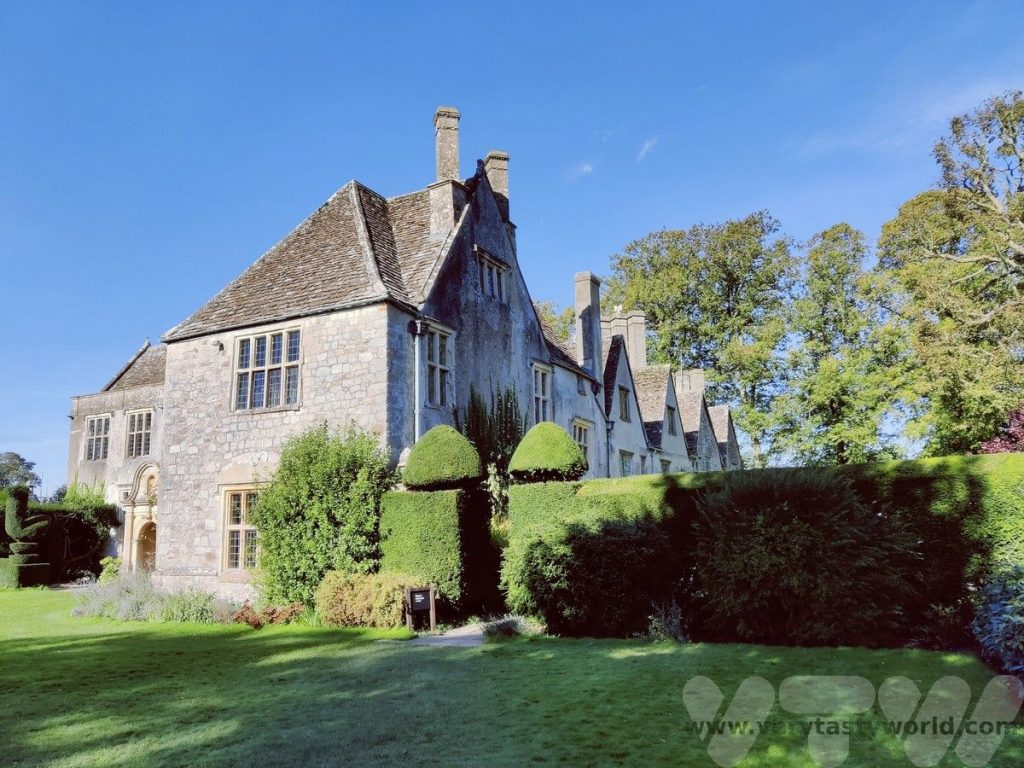
Alexander Keiller Museum
Keiller was an archaeologist who, having inherited a marmalade business, used his wealth to buy land around Avebury and conducted excavations at the site. A pioneering aerial photographer, he used his skills to understand the archeology of the area from the skies.
He first excavated at Avebury in 1937, clearing undergrowth and discovering buried stones (which naughty farmers had buried centuries ago). Many of the buried stones were recovered into their original holes and where there were missing stones, Keiller placed concrete markers to show where the stones would have been located.
He sold the land to the National Trust (for a nominal value, representing the cost of the farmland) in 1943, hence helping preserve Avebury as an important archeological site. This small museum documents some of the artefacts he found in the area.
There is a fee to enter the manor and museum but National Trust members can visit for free, as can English Heritage Overseas Visitors with the pass.
Avebury Stone Circle vs Stonehenge – Which Is Better?
So you only have time to visit one of the attractions, which do you choose? In our opinion, Avebury is the hands-down winner. Here’s why:
Avebury is free to visit.
You can arrive at any time. Avebury receives fewer visitors than Stonehenge (around 250,000 visitors each year) but is a popular attraction for those in the know, so it can get busy at certain times of the year. That said, it is much bigger and spread out over a wider area so there is more space for everyone to enjoy their visit.
You can walk around the stones and even touch them.
There are lots of other interesting megalithic features at Avebury and some fantastic walks in the lovely English countryside to see them.
There is a pub in the village, amidst the stone circle!
You can stay overnight in Avebury village or close by. This means that you can enjoy the stones in the evening, after the day-trippers have gone home, and earlier in the morning, before the next bunch arrive.
We stayed at the Dorwyn Manor, less than a kilometre’s walk away. It was a great choice, a lovely bed and breakfast hotel with excellent brekkie and an honesty bar (help yourself to some drinks and pay the following morning). We were able to park in their spacious car park as soon as we arrived. Pub grub and local beers are available at the Red Lion pub in the village centre – reputedly one of the most haunted pubs in Britain!
Both sites are undoubtedly of huge historical importance and both are fascinating to visit. But whereas Stonehenge is an icon – precious and protected and to be admired from afar, Avebury is intimate and inviting and leaves you wanting more.
Stonehenge is a world-famous destination and is great to have ticked off the list but we could go back to explore Avebury time and time again. And indeed we have!
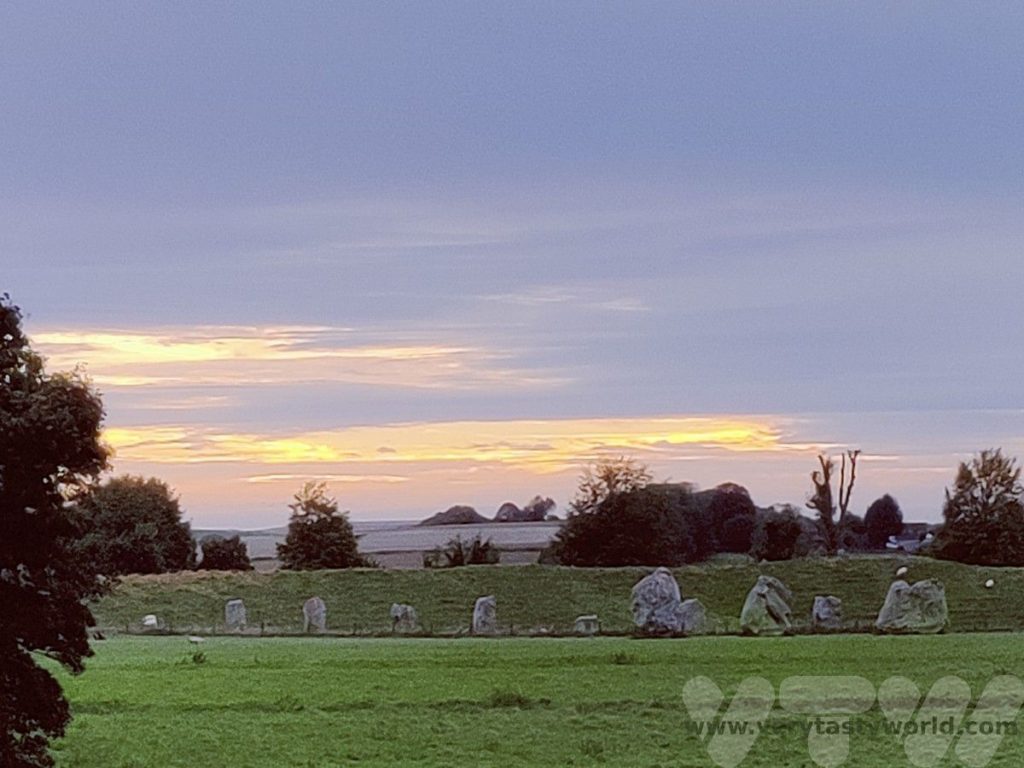
Related Posts You May Enjoy

- Things To Do In Rovaniemi In Winter
- Avebury Stone Circle vs Stonehenge
- Five days in Copenhagen
- Is Sarajevo Worth Visiting?
- A Svalbard Holiday – Land of the Midday Moon
- Afternoon Tea in Coventry

- Things To Do In Rovaniemi In Winter
- Avebury Stone Circle vs Stonehenge
- Five days in Copenhagen
- Is Sarajevo Worth Visiting?
- A Svalbard Holiday – Land of the Midday Moon
- Afternoon Tea in Coventry

- Things To Do In Rovaniemi In Winter
- Avebury Stone Circle vs Stonehenge
- Five days in Copenhagen
- Is Sarajevo Worth Visiting?
- A Svalbard Holiday – Land of the Midday Moon
- Afternoon Tea in Coventry



